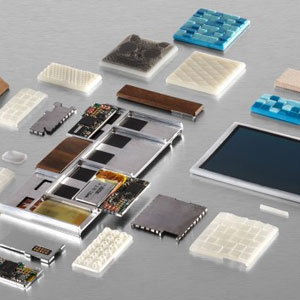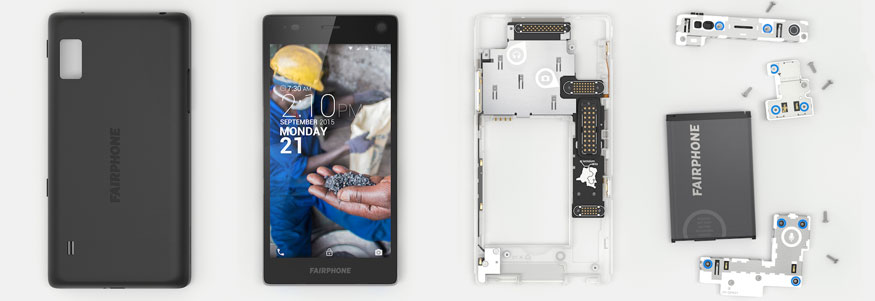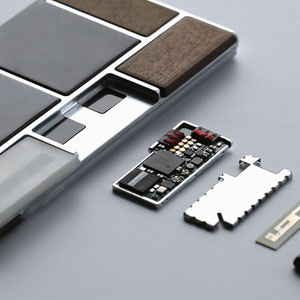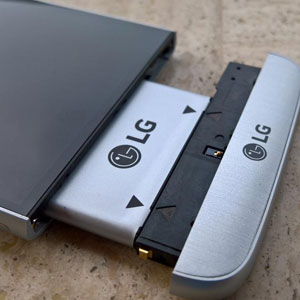Designing objects that get better with ageWe live in a world where disposability has become an accepted part of every new product we buy, from paper plates to sports cars, 98% of products are disposed of within 6 months. Replacing instead of repairing, maintaining or upgrading has become normal as planned obsolescence becomes an accepted part of design and use in all consumer goods. This is not to say that planned obsolescence is a new concept. In fact the term was penned as far back as 1932, by Bernard London in the interests of ending the American depression. As awareness of the finite nature of our resources increases, and our landfills continue to fill with abandoned products and e-waste, perhaps it is time to take another look at how we can design products which will last and which owners will want to continue to use for longer. Improve ExperienceOne of the first areas to focus on is undoubtedly user experience. If a product can appeal to a user on an emotional level beyond the initial purchase, then it is less likely to be replaced as soon as the next new alternative appears on the market. Emotional engagement with older products is not unusual. We all have old items, whether we purchased them new ourselves, had them handed down or even bought them second-hand, which we have a strong emotional attachment to. Yet items which have been produced more recently are unlikely to hold the same emotional value. In designing products with emotional durability through their look, feel and function we can extend users desire to hold on to these products. Building on this concept, we can design products which not only age gracefully, but which have surfaces and finishes which improve with time. This can result in a user experience which improves as the product is used. Can we select materials and surfaces which improve in their fit and appearance as they age? Advancing TechnologyTechnology is forever evolving, which is a wonderful thing. However as new technologies develop there tends to come a point where the abilities of the technology reach or surpass the average user’s demands. As technologies mature, the speed at which they advance decreases, reducing the rapidness of technological obsolescence. Taking computers as an example, consider the progress of processing power. Up until around ten years ago processor power and speed was increasing rapidly to keep up with software development. But looking back at the last ten years however, progress has been far slower as users demands have been met. Many end users are even discovering that they can achieve everything they desire on simple portable touch-screen devices which have processing capabilities no greater than their five or ten year old desktop pcs. In products where technology has reached this point, technological obsolescence is less of a concern. Where this is not the case, designing for upgrades can still be a viable solution to extended lifespans. Considering modularity, repairability and maintenance at the initial design stage of a product is a great way to create an object which will be utilised for longer, and one which will reflect a brand’s quality. A good example is the emerging market of modular smartphones, including Project Ara, Fairphone, and the LG G5. If you are interested in developing a product with longevity and not obsolescence then give us a call in Melbourne on (03) 9413 9000, or email Mark at This email address is being protected from spambots. You need JavaScript enabled to view it..
Don't miss out. Sign up for our newsletter now!
|
Above: The Fairphone is the world's first fully modular phone allowing complete upgrades to all aspects of the phone
 A break out of Google's modular phone, as you can see each section is completely customisable LG's G5 phone offers upgrades to the battery combined with additional extra's but misses with boat with limited modularity |
+61 3 9413 9000



